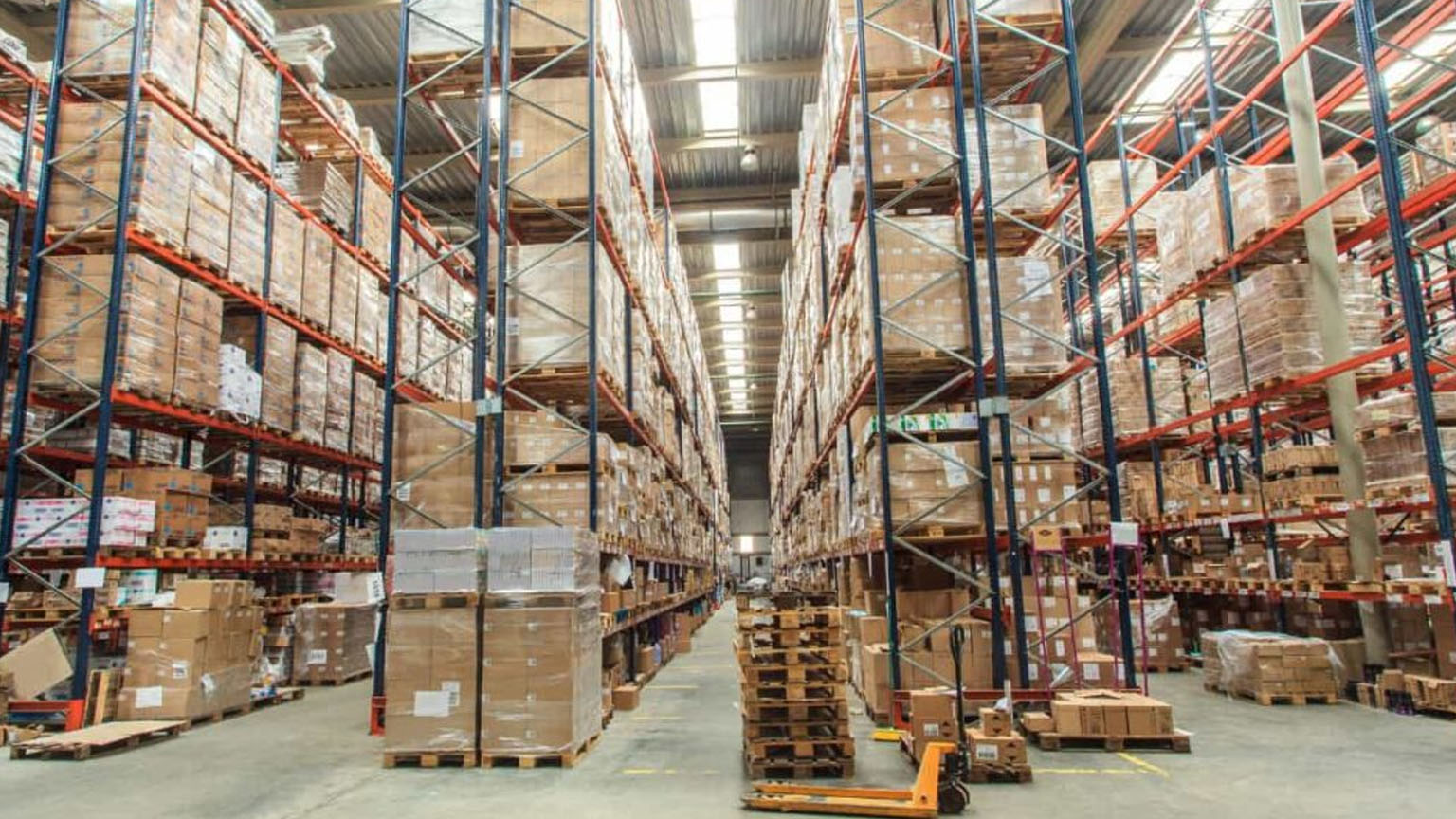
There are situations when full visibility of assets and personnel and assets is necessary for the security and safety of operations. While GSM and satellite tracking are great for visibility on a city, country or international scale, it is not always the right solution for indoor or underground operations.
Buildings, compounds and other forms of infrastructural interference can inhibit GSM and satellite signals. This interferes with the accuracy and reliability of the information being transmitted back to the monitoring dashboard.
Inspired by logistics and supply chain providers who have been tracking indoor assets for a long time, innovators started to realize the benefits this technology could bring to their own industries.
From all emerging location technologies, indoor location tracking is, perhaps, the most intriguing and versatile. Sicuro Technology’s Real-time Location System (RTLS) and Proximity Location Solution (PLS) technologies have numerous applications across different industries.
How is indoor tracking used?
When operations involve parts, assets and people that move or need to be accounted for, the need for monitoring emerges. For example, by recording the historical movement of employees in a manufacturing plant, employers can accurately record the details of how various tasks have been performed, reduce bottlenecks and increase efficiency.
Also, you can set up alerts to notify management of events before they escalate. If an asset or member of staff ventures outside of the predetermined area or breaches a no-go zone inside the facility, prompt alerting can help resolve issues quickly.
Real-world applications
After a severe security incident on-site, Sicuro Technology worked with our client to develop a suitable solution to easily and safely monitor members in real-time. Using BLE technology, the RTLS provides a compelling and more effective alternative for indoor location monitoring. The versatility and low-infrastructure nature of the solution allow it to be applicable to a range of industries and environments.
RTLS can be used to increase the speed of operations, improve the health and safety on site, and help with asset or inventory management.
Paired with the RTLS web-based (cloud) dashboards and continuously updated reporting, this technology allows facility managers, operations and maintenance personnel to easily identify problems, understand their causes and address them immediately.
Furthermore, the benefit of tracing an immense quantity of data presents the perfect opportunity for enterprises to continue developing smart buildings, communities, malls, and businesses.
Industries
Real-Time Location Systems can be used across several industries, including:
- Energy
- Extractive
- Government
- Logistics & Warehousing
- Education
- Healthcare
- Retail
How exactly does this technology collect data and identify issues?
The BLE technology creates a network of Bluetooth devices and gateways to triangulate the location and proximity of each active device on-site.
Specifically, the gateways are strategically placed around the operations site to receive signals from the active devices and send this information back to the cloud-based platform. The gateways can send information like live location, device owner, device status, IoT sensor output and battery life to the secure cloud via WiFi.
If a device travels outside the permitted zone, those monitoring will be swiftly alerted to take action and investigate.
Beyond improving the visibility of assets and people, RTLS boosts the accuracy of operation forecasting, allowing managers to predict trends and behavior through data collection.
